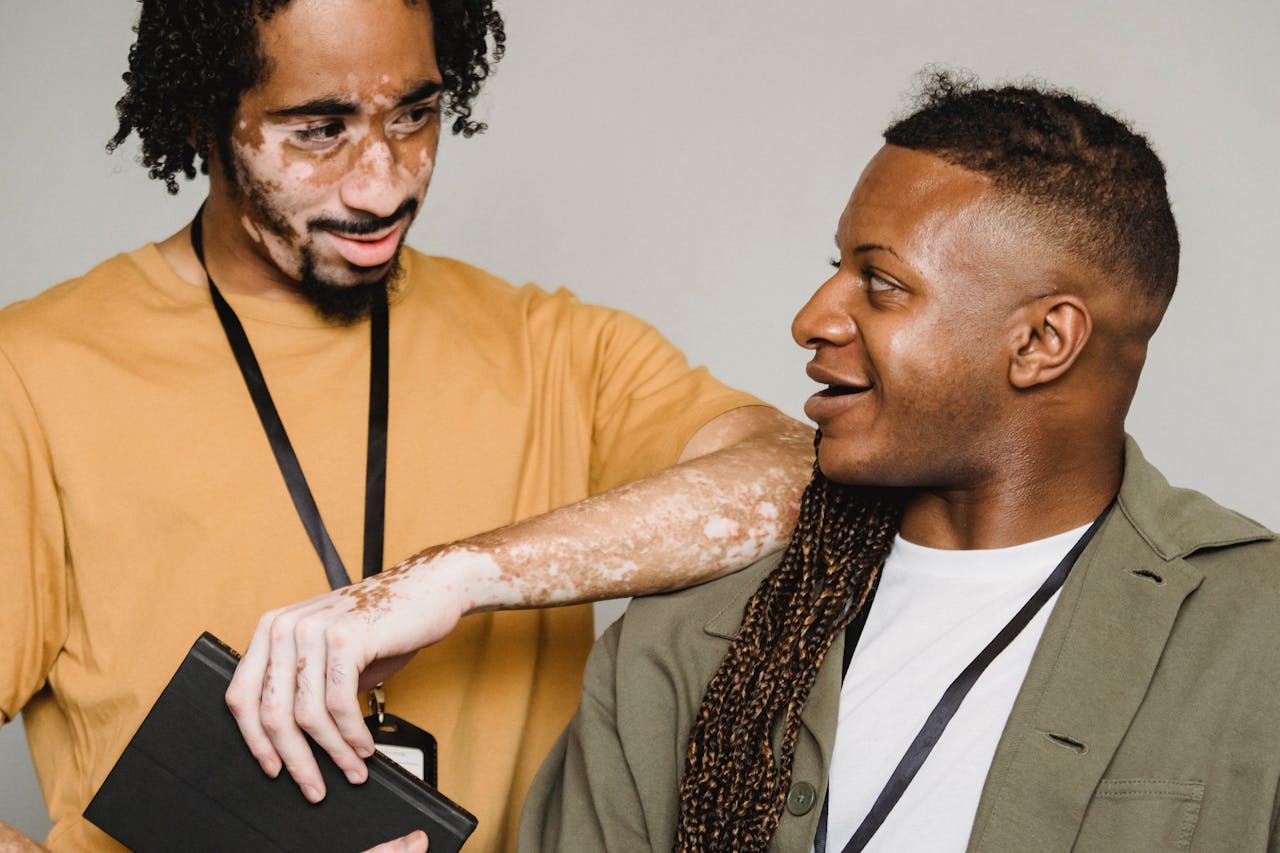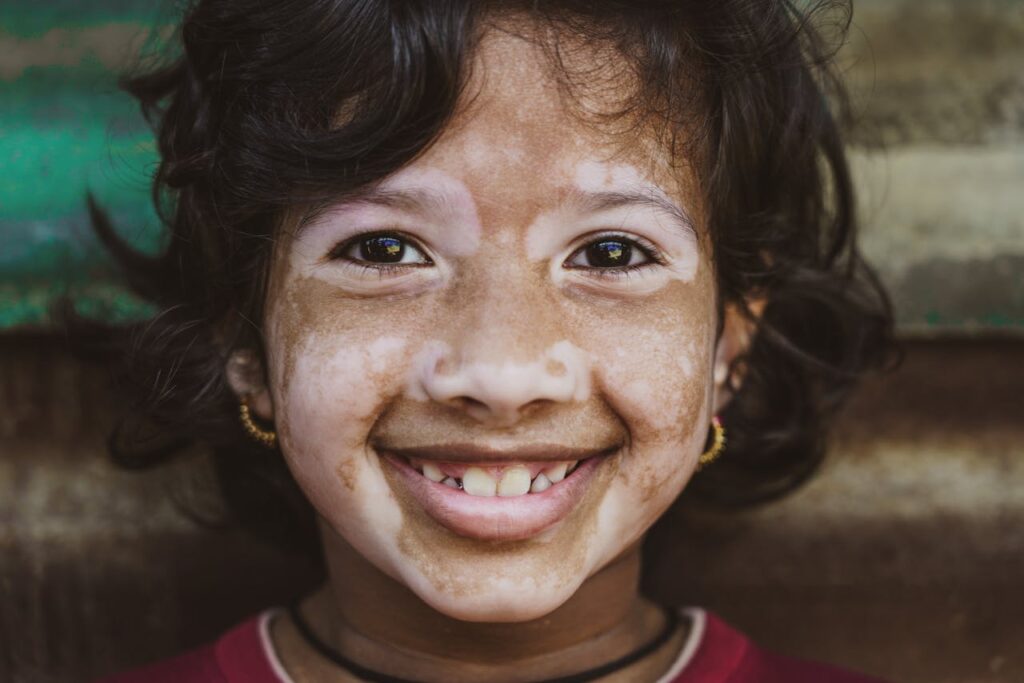Vitiligo is a skin condition where patches of the skin lose their color and become white. It usually starts when children or teenagers are growing up. This time is already full of changes, so having vitiligo can make things harder for them. Children and families feel better when they read the universal vitiligo story, which shares experiences of people living with vitiligo. It helps them know they are not alone and that others understand what they are going through.
Living with vitiligo can sometimes make children and teens feel sad or different. The good news is that many young people have shared how they learned to be confident despite their skin condition in the Femest magazine interview. These stories give hope and show that it is possible to accept yourself and be happy.
When kids see white patches on their skin, they may feel shy or worried. They might wonder if friends will still like them or if someone will make fun of them. Sometimes, they feel so upset that they avoid social activities. These feelings are normal but can affect their confidence and happiness. It is important to remember that help and support are available.
Social Challenges: Bullying and Loneliness
Making friends and feeling accepted is very important during childhood and teenage years. But sometimes, kids with vitiligo face teasing or bullying because of their skin. People might stare or ask many questions, which can make children feel uncomfortable or sad. This can make children want to stay away or feel lonely. That is why schools and communities should teach about vitiligo so everyone understands it better and treats each other with kindness.

Impact on Mental Health
Vitiligo can also affect a child’s mental health. They may feel anxious or worried a lot about how they look. Some might feel very sad or even depressed if they feel very different or alone for a long time. It is important for parents and teachers to notice these signs and help children talk about their feelings. Talking to a counselor or therapist can help children feel better and learn ways to feel strong inside.
How Families Can Support Children with Vitiligo
Family support is very important. Parents should listen carefully to their children’s feelings and encourage them to talk. When families learn about vitiligo together, they understand the condition better and feel less scared. Parents can remind children of all their good qualities, talents, and kindness, not just their skin. Sometimes, families also get help from doctors or counselors who know about vitiligo and emotions.
Building Confidence and Strength
Helping children feel confident is very important. Meeting other kids with vitiligo through support groups or online communities helps children share their stories and feel connected. Seeing people who have vitiligo and live happily, like in the magazine interviews, gives them courage. Teaching friends and classmates about vitiligo helps reduce bullying and makes it easier for children to make friends. Encouraging children to express their feelings through drawing, writing, or playing helps their emotional health.
Conclusion
Vitiligo changes how children’s skin looks, but it also affects how they feel inside. They might feel sad, worried, or lonely sometimes. It is very important to give them love, support, and understanding. The universal vitiligo story can give children hope and help them feel stronger.
When families, schools, and friends support children with vitiligo, these kids can grow up happy and confident. They learn to love themselves and live full, joyful lives.


